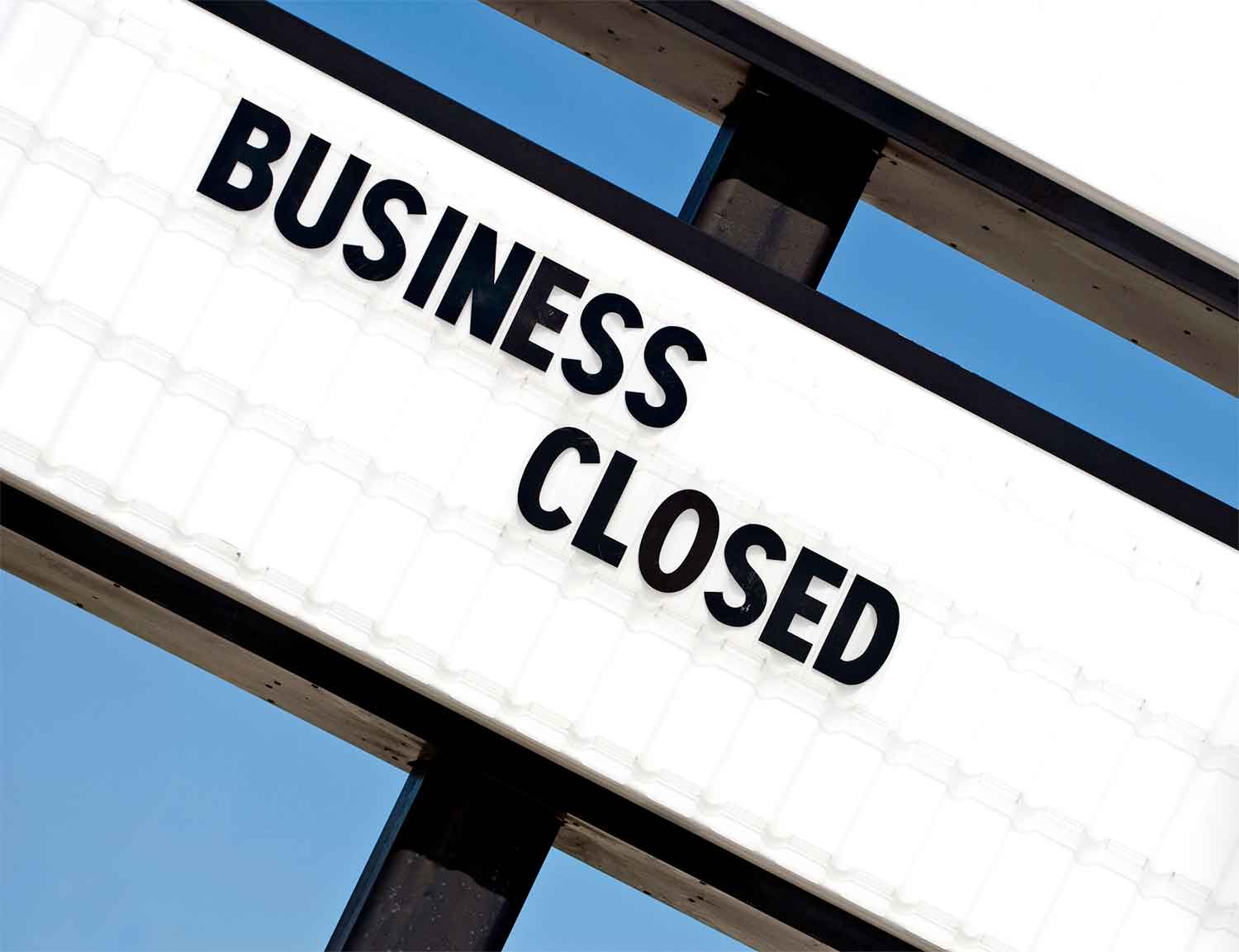Just watched a client go out of business because they didn’t have good control; the owners told us: “we don’t know what’s going on, we weren’t watching it”. Don’t ever want that to happen to us. What should we put in place to keep our company safe?
Thoughts of the Day: Here’s what you want in your toolkit, to help keep your business on track and out of trouble. A qualified management team. Reports. Goals. Accountability. Profit-sharing or shared ownership.
The owner can’t do it alone; take a careful look at who’s in charge of each discipline within the company. Are those individuals qualified to hold the position of responsibility they’re currently in? Who is teaching them what they’ll need to know to get to the next level? Which positions need upgrading?
When you find an area of strength, capitalize on it.
Encourage leaders to step forward and lead by example with their peers. When you find an area of weakness don’t ignore it, hoping it will get better on its own. Address the need for upgrading skills, whether through education or switching around players. Always be on the lookout for the top talent you can add to the company, as temporary support and permanent hires.
Keep on top of how things should be, and how they are, with effective reporting that everyone can see and contribute to. Ask each department to develop reports that show how they’re doing as compared to previous years and as compared to forecast. Use dollars as well as ratios to analyze what’s going on. Use graphs to make data more understandable. Look for trends that show if things are improving or declining.
Keep the company on point, layout goals that mean something. Saying that the company needs to grow without a plan behind doesn’t work. Consistent high-profit growth comes with 15% – 20% year-over-year growth in revenue. 10% year over year revenue growth is less profitable, and 5% year over year revenue growth, or less, quickly leads to losses as the company’s income fails to keep up with inflation.
It’s no secret that few companies hit 15% year-over-year revenue growth. Most bounce around from significant growth in a couple of years to declines for a couple of years, with an average growth rate well below the 15% target.
It takes planning and execution.
It takes significant planning and execution to stay on point with a year in and year outgrowth. The rewards in terms of outsize profits make the effort worthwhile. It takes a dedicated team to pull that off. Where’s your team?
Make it clear that people are accountable for their actions – good and bad. Meet people halfway by showing them you care about them and what they’re doing. Watch what people do, more than what they say they’re going to do. Results happen because people step up, and often the quiet ones are easily overlooked in the noise of daily competition for attention.
When things go wrong, ask people to figure out what happened and take responsibility for fixing it. Don’t solve their problems for them, hold them accountable. Be there to help with advice when solicited, be firm about the need to improve, and don’t let people off the hook just because something is hard. That advice goes for you, too.
Give people a reason to care. The profit performance of ESOP companies, where employees are owners, are significantly higher than their peer companies that are owned by a few top people such as the founders. That statistic should give today’s owners something to think about. Create a company and a culture where everyone wins, and give everyone a reason to get involved in looking at how to improve things and keep the business on track. You’ll win, too.
BOOK RECOMMENDATION:
Looking for a good book? “Build A Profitable Business: 10 Steps You Can Take to Build a Profitable Business” by Derick Gentry Thompson.

